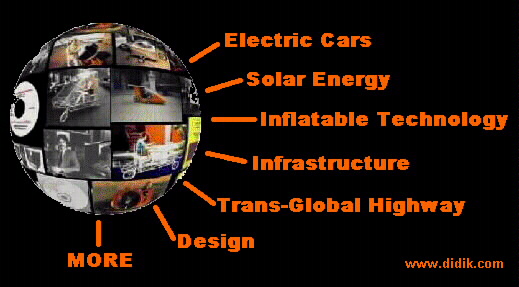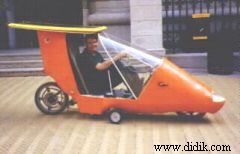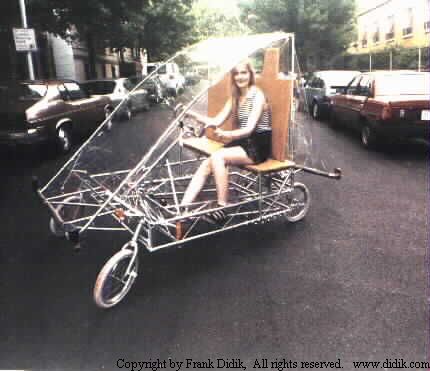|
DIDIK.com |
Designs,
Projects, Proposals and Innovations by Frank Didik |
I encourage everyone to do whatever you can do, to the best of your ability and try to make your dreams a reality. |
|
DIDIK 2020
I have gone back to film and have all but abandoned my high end digital cameras. I now consider film, particularly medium and large format cameras, to be professional, while top of the line digital cameras to be expedient, but not really professional. Film offers greater quality, has the potential to last much longer than digital and offers greater actual lighting control than digital. The larger the film camera negative, the greater the quality. While a 35mm film camera is convenient, medium format, such as 120 film 6x6 to 6x9 offer greater quality. The fact is though that large format 4x5 and 8x10 film cameras offer superior quality, but the cameras tend to be large, heavy and awkward. It is interesting to note that film has made a resurgence over the past 3 years, with film sales today in 2019, significantly greater than in 2015. With this in mind, I decided to design and build the lightest and smallest 4x5 camera possible. For the initial prototype, I used a 90mm Graflex lens, which is the equivalent of a 28mm on a 35mm camera. Further, I adapted the Grafmatic film holder, which holds 6 sheets of 4x5 film and can very rapidly be used to shoot multiple pictures. For the initial prototype, I used lightweight plastics for the body and basic focusing structure. The finder is adapted from an early film camera. Temporarily, the Grafmatic film pack is attached to the body of the camera with plastic straps. The film pack can be loaded and unloaded which still attached to the camera body. The result is a truly small 4x5 camera, that weighs about one pound (400 grams), including the lens and the film back. The "Didik 2020" actually weighs less than a Canon 5D digital camera. The work name 2020 has two meanings. One is that 2020 implies perfect vision. The other meaning is that perhaps I will offer a limited number of Didik 2020's in the market place starting around the year 2020. If the camera ever makes the market place, I expect to streamline the body, as well as have several automatic features, such as auto advance and possibly a built in light meter and rangefinder.
A little more camera background: I've been involved in photography, as well as motion picture production for many years. I own over fifty cameras, ranging from 35mm to 8"x10". As most people, I switched from film to digital a number of years ago. The apparent quality of modern digital cameras appears to be amazing. However this is not the whole picture. There are several potentially significant problems that may occur. Digital storage technologies, such as hard drives, USB drives, cd-roms, DVD's SD cards, etc are constantly changing and they are prone to failure over time. The only way to store images long term is to constantly copy from one format to another, but still, viewing such images is dependent upon the availability of a player. Some may argue that "cloud storage" is the way to go, but exactly how dependable the cloud will be over a many year period has still to be determined. Political changes, natural disasters and even financial changes, corporate changes or even bankruptcy of the company operating the cloud can all have a massive effect on long term cloud storage. Photographs shot on film may well last much longer than digital images. Even with the current state of digital photographic technology, film still potentially produces higher quality results. For example, a film camera using a fine grain film, and a high quality lens, can in some cases, produce images that provide over 150 lines per millimeter resolution. But this is only a part of the full picture, since analog creates an infinite smooth image, limited only by the films grain structure. On the other hand, a top of the line 50 megapixel digital camera produces what appears to be an excellent image. However 50 megapixel is not the true measure since first, the image is divided into 3 primary color blocks with 40% green and 30% each for red and blue. Further, the individual micro sensors are often clumped into arrays thus further significantly reducing the effective resolution. Much of the apparent quality of the high end digital camera has to do with the internal image improving and correcting software that is built into the camera. A quality 35mm film camera on a tripod, using a fine grain film can produce better quality images than the very best digital cameras, when enlarged. Further if one was to use a medium format 6x6, 6x7 or 6x9 camera, using 120 film, the image will be between 400% and 600% better quality than a 35mm full frame (24mmx36mm) camera. A 4 inch by 5 inch camera offers1300% better quality than a 35mm camera. It is possible to use a drum scanner and scan a 4x5 negative or positive to 5 gigapixel's and beyond, which is vastly better than the best digital camera made today. ---Frank X. Didik January 12, 2019
|
Didik 2020 4x5 film camera prototype
Film size:
4x5 inches (10x12cm)
|
|
|
CONTACT
Frank Didik: .
www.DIDIK.com
|
||










